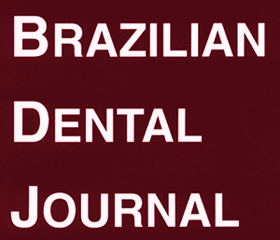Low level laser therapy (LLLT) has been used successfully in biomedicine and some of the results are thought to be related to cell proliferation. The effects of LLLT on cell proliferation is debatable because studies have found both an increase and a decrease in proliferation of cell cultures. Cell culture is an excellent method to assess both effects and dose of treatment. The aim of this study was to assess the effect of 635nm and 670nm laser irradiation of H.Ep.2 cells in vitro using MTT (3-[4,5-dimethylthiazol-2-yl]-2,5-diphenyltetrazolium bromide). The cells were obtained from squamous cell carcinoma (SCC) of the larynx and were routinely processed from defrost to the experimental condition. Twenty-four hours after transplantation the cells were irradiated with doses ranging from 0.04 to 0.48J/cm² for seven consecutive days (5 mW diode lasers: 635nm or 670nm, beam cross-section ~1mm) at local light doses between 0.04 and 0.48J/cm². The results showed that 635nm laser light did not significantly stimulate the proliferation of H.Ep.2 cells at doses of 0.04J/cm² to 0.48J/cm², However, 670nm laser irradiation led to an increased cell proliferation when compared to both control and 635nm irradiated cells. The best cell proliferation was found with 670nm laser irradiated cultures exposed to doses of doses of 0.04 to 0.48J/cm². We conclude that both dose and wavelength are factors that may affect cell proliferation of H.Ep.2 cells.
cell proliferation; hazards; stimulatory effect



